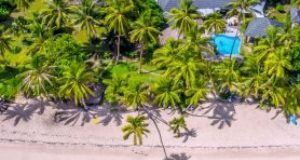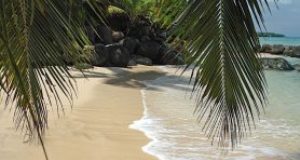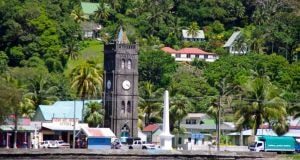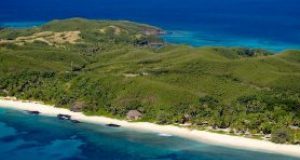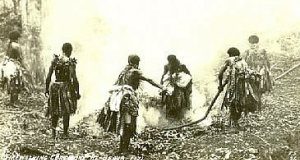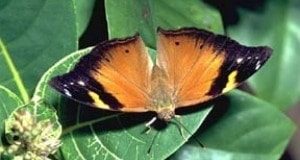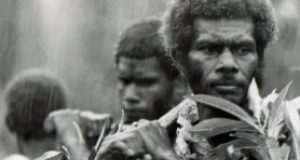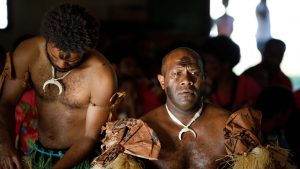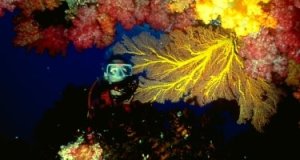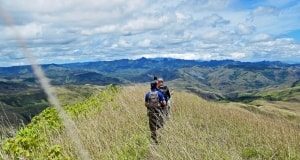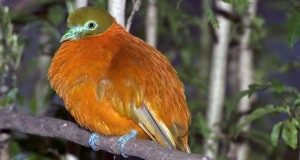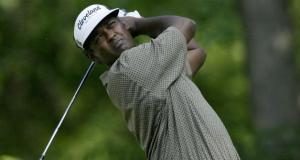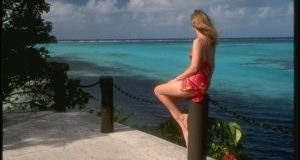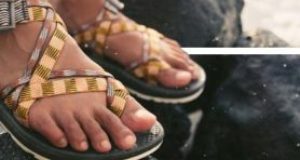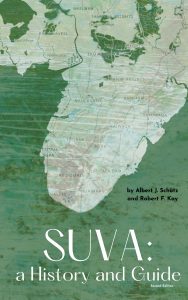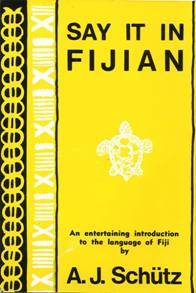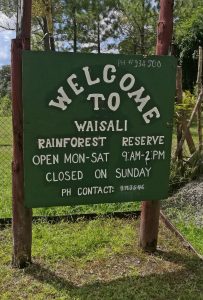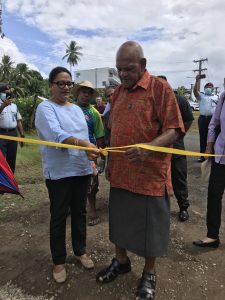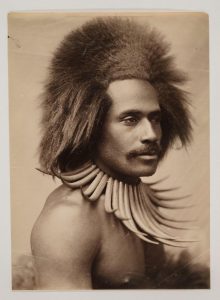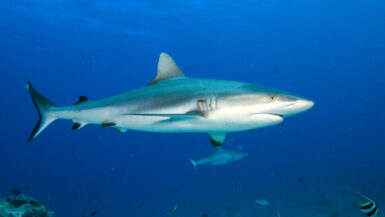Editor’s Note: Few names are as closely tied to Fiji’s natural world as Paddy Ryan, author of the beloved Fiji’s Natural Heritage. A trained biologist, Paddy is also an award-winning photographer, seasoned diver, and skilled underwater videographer whose work has introduced countless readers and viewers to the wonders of Fiji’s ecosystems. Just back from a recent trip to Fiji—where he’s been updating his classic book—Paddy captured fresh footage of the islands’ wildlife, including the delightful “Parrot Picnic” on Koro Island, featured below.
**********************************
by Paddy Ryan
The three shining parrots (kaka) are Fiji’s largest representatives of the parrot family. These are the red-breasted musk parrot also known as the red shining-parrot, Prosopeia tabuenis, which is found on most of the larger islands of the group apart from Viti Levu, the Kadavu shining parrot, P. splendens and the yellow-breasted musk parrot or masked shining-parrot, P. personata, which is found only on Viti Levu.
Both the Tongans and Samoans prized the red feathers of the red shining parrot and there is evidence that the bird was introduced to Tongatapu, Eua and Viti Levu. The name musk parrot comes from the smell of the masked shining parrot, which is rather like that of a billy-goat.
Shining parrots are often kept as pets, although it is illegal to do this. All three species are large birds with broad wings and typically beat their wings for several strokes, alternated with a short glide. Shining parrots can be found almost anywhere on the islands on which they occur.
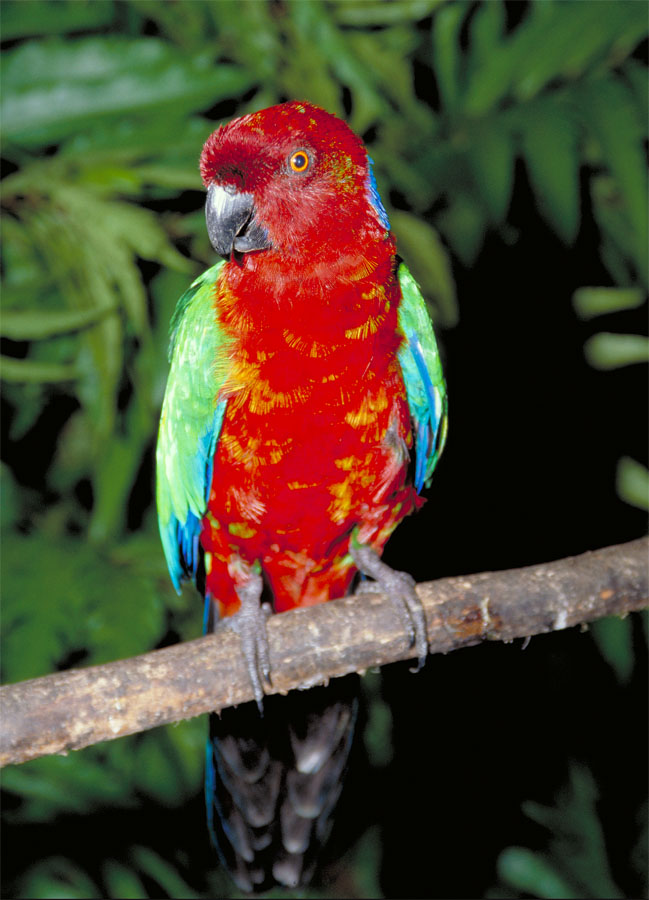
Extremely raucous birds, they leave you in no doubt as to whether or not they have seen you. They occasionally feed on fruit but rarely damage commercial crops. Watling (1986) tells a delightful story about how the musk parrots became known to science. It was Captain Cook who brought the red shining parrot to Europe. He picked up the parrot in Tonga where it may have been somebody’s pet. The parrot was subsequently described and as Tonga was called Tongatabu in Europe at the time, it was given the specific name tabuensis, which is the latinised derivative of Tongatabu.
The story of the masked shining parrot is even more bizarre. The type specimen was discovered in 1848 in Lord Derby’s aviary on the banks of the Mersey River in England. Lord Derby thought kaka came from New Guinea so the type locality of our second shining parrot is erroneous. The indefatigable David Steadman discovered the bones of an extinct parrot in both Vanuatu and Tonga, so it is highly likely it was found in Fiji too. He called it Eclectus infectus (Steadman, 2006). It became extinct, like many other Pacific Island birds, shortly after humans colonized them, probably around 3000 years ago.
You can check out his photos and publications at www.ryanphotographic.comLinks to an external site. which he is working on slowly but surely…




